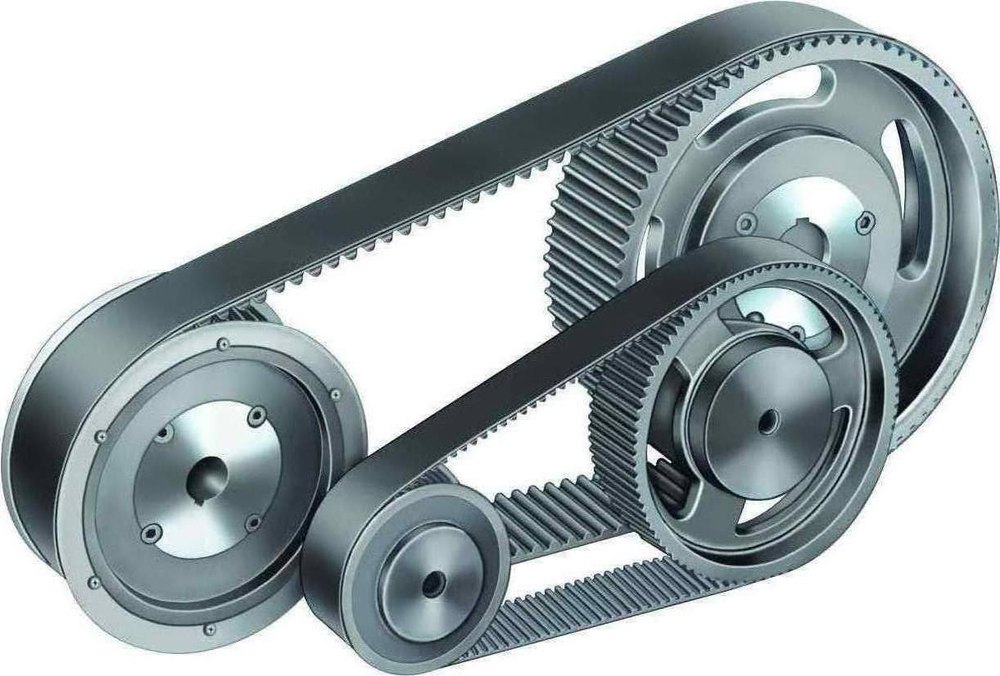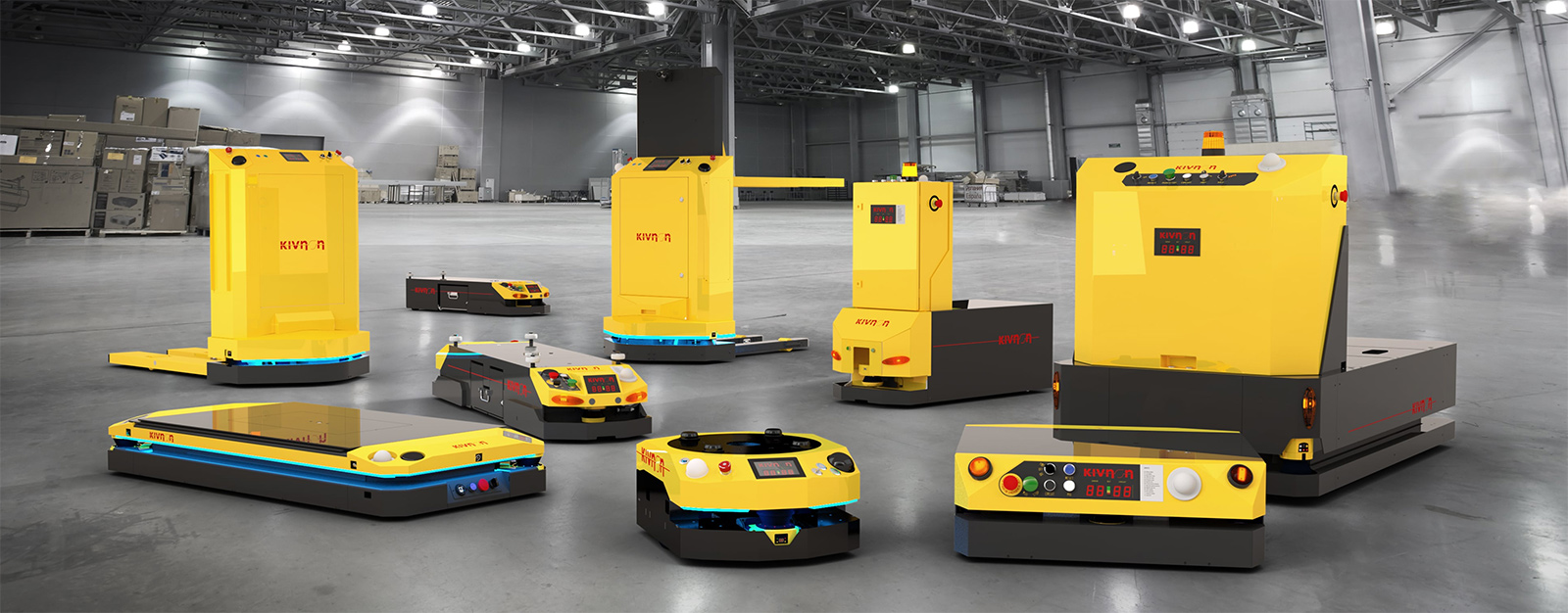Conveying Equipment Gears
Conveying equipment encompasses a wide range of machinery used to transport materials or goods within industrial facilities, warehouses, distribution centers, and manufacturing plants. Gears are integral components in many types of conveying equipment, facilitating motion, speed control, and power transmission. Here are some common types of conveying equipment and the gears used within them:
- Conveyor Belts:
- Conveyor belts are perhaps the most ubiquitous type of conveying equipment. While not directly incorporating gears, conveyor belt systems often include pulleys with gear mechanisms to drive the belts. These pulleys may feature gears that engage with motors or other drive components to provide motion to the conveyor belt.
- Roller Conveyors:
- Roller conveyors consist of rollers mounted on a frame to transport goods or materials. Gears may be incorporated into the rollers or their shafts to facilitate smooth and controlled movement along the conveyor line. These gears help transmit power from drive components to the rollers, ensuring efficient operation.
- Screw Conveyors:
- Screw conveyors use a rotating screw mechanism to move materials along a trough or tube. Gears are commonly used in the drive mechanism of screw conveyors to transmit rotational motion from motors or gearboxes to the screw shaft. These gears provide torque and speed control to regulate material flow.
- Bucket Elevators:
- Bucket elevators are vertical conveying systems used to lift materials in bulk quantities. Gears are essential components in the drive assembly of bucket elevators, providing the necessary power transmission to lift and lower the buckets. Gears may be used in conjunction with chains, sprockets, or belts to drive the elevator mechanism.
- Chain Conveyors:
- Chain conveyors use chains to move materials along a track or through a series of sprockets. Gears are commonly used in the drive sprockets of chain conveyors to transmit motion from motors or gearboxes to the conveyor chain. These gears ensure smooth and reliable operation of the conveyor system.
- Belt Conveyors:
- Belt conveyors utilize a continuous belt to transport goods or materials along a horizontal or inclined path. Gears may be used in the drive pulleys or drums of belt conveyors to transmit power from drive components to the conveyor belt. These gears enable precise speed control and efficient material handling.
These are just a few examples of the types of conveying equipment where gears play a crucial role in facilitating motion and power transmission. Gears are essential components in conveying systems, ensuring smooth operation, precise speed control, and efficient material handling in various industrial applications.
Timing Belts and Pulleys Gears
Timing belts and pulleys typically use a specific type of gear called "synchronous gears" or "timing gears." These gears have teeth that are designed to mesh precisely with the teeth on the timing belt, ensuring accurate and synchronous motion transfer. The teeth on these gears are usually trapezoidal or curvilinear in shape to match the profile of the timing belt teeth.
- Timing Belt Pulleys: These are toothed wheels that are designed to mesh with the teeth of the timing belt. They come in various configurations, including tooth profiles (such as HTD, GT2, T5, etc.) and materials (such as aluminum, steel, or plastic).
- Timing Belt Tensioners: Tensioners are used to maintain proper tension in the timing belt by adjusting the position of the pulley. They often incorporate gears to provide the necessary adjustment mechanism.
- Idler Pulleys: Idler pulleys are used to guide and support the timing belt, helping to maintain proper belt tension and alignment. They also utilize toothed gears to mesh with the timing belt teeth.
- Camshaft Gears: In automotive applications, camshaft gears are used to drive the camshaft(s) in an engine, ensuring precise timing of the intake and exhaust valve openings.
These gears work in conjunction with the timing belt to ensure accurate and synchronized rotation of various components in engines, machinery, and other systems. They are crucial for maintaining proper timing and preventing slippage in applications where precise motion control is required.
Rotary Index Tables Gears
Rotary index tables are precision mechanical devices used in various manufacturing processes to accurately position and rotate workpieces during machining, assembly, inspection, or other operations. These tables often incorporate gears in their mechanisms to achieve the desired motion control and positioning accuracy. Here are some equipment components of rotary index tables that commonly use gears:
- Drive Mechanism: The primary function of the drive mechanism is to rotate the rotary index table. Gears are typically used in this mechanism to transmit torque from the motor or power source to the table. Depending on the design, this drive mechanism may include worm gears, bevel gears, planetary gears, or spur gears.
- Indexing Mechanism: Rotary index tables are often used to position workpieces at precise angular increments. Gears are integral to the indexing mechanism, which controls the rotation of the table and ensures accurate positioning. This mechanism may incorporate various types of gears, such as spur gears, bevel gears, or worm gears, depending on the required precision and indexing accuracy.
- Positioning Accuracy Components: Achieving high positioning accuracy is crucial in rotary index tables. Gears are used in components such as rotary encoders, resolvers, or position sensors to provide feedback on the table's position. This feedback is essential for closed-loop control systems to accurately control the table's rotational position and correct any errors.
- Locking Mechanism: Some rotary index tables feature a locking mechanism to securely hold the table in position during machining or other operations. Gears may be used in this mechanism to engage or disengage the locking mechanism, ensuring the table remains stationary when required and allowing it to rotate freely when necessary.
- Auxiliary Mechanisms: Depending on the specific application and functionality of the rotary index table, additional auxiliary mechanisms may be incorporated, such as tilt or swivel mechanisms. Gears are often used in these auxiliary mechanisms to control the orientation or movement of the workpiece in multiple axes.
In summary, gears play a crucial role in the operation of rotary index tables, enabling precise motion control, accurate positioning, and reliable operation in various manufacturing processes. The specific types of gears and mechanisms used depend on factors such as the required precision, torque, speed, and complexity of the application.
Automated Guided Vehicles (AGVs) Gears
Automated Guided Vehicles (AGVs) are equipped with various mechanical components that utilize gears for different functions. Here are some equipment components of AGVs commonly employing gears:
- Drive System: AGVs typically use electric motors as their primary power source for propulsion. Gears are integral to the drive system of AGVs, transmitting torque from the motor to the wheels or tracks. Depending on the design and configuration of the AGV, this may involve spur gears, bevel gears, worm gears, or planetary gears.
- Wheel Assembly: AGVs have wheels or tracks for movement. Gears are incorporated into the wheel assembly to provide the necessary torque and rotation to move the vehicle. These gears ensure smooth and efficient motion, allowing the AGV to navigate through its environment.
- Steering Mechanism: Some AGVs require a steering mechanism to navigate around obstacles or follow predetermined paths. Gears are used in the steering mechanism to control the direction of the AGV's movement. This may involve rack and pinion systems, bevel gears, or other gear arrangements to achieve precise steering control.
- Transmission System: In certain AGV designs, a transmission system may be employed to provide variable speed control or optimize performance based on different operating conditions. Gears are essential components of the transmission system, enabling the adjustment of speed and torque output as needed. Planetary gears, variable-speed gears, or other types of transmission gears may be utilized for this purpose.
- Braking System: Safety is paramount in AGV operation, and braking systems are essential for controlling the vehicle's speed and stopping it when necessary. Gears may be involved in the braking system to engage or disengage the brakes, modulate braking force, or provide regenerative braking capabilities. This ensures the safe and precise stopping of the AGV when required.
- Load Handling Equipment: Some AGVs are equipped with load-handling equipment such as forks, conveyors, or lifting mechanisms for material transportation. Gears are often integrated into these equipment components to facilitate the lifting, lowering, or positioning of payloads with accuracy and efficiency.
In summary, gears play a critical role in various equipment components of Automated Guided Vehicles, enabling efficient power transmission, precise motion control, and safe operation in industrial environments. The specific types of gears utilized depend on factors such as the AGV's design, load capacity, maneuverability requirements, and operational conditions.








